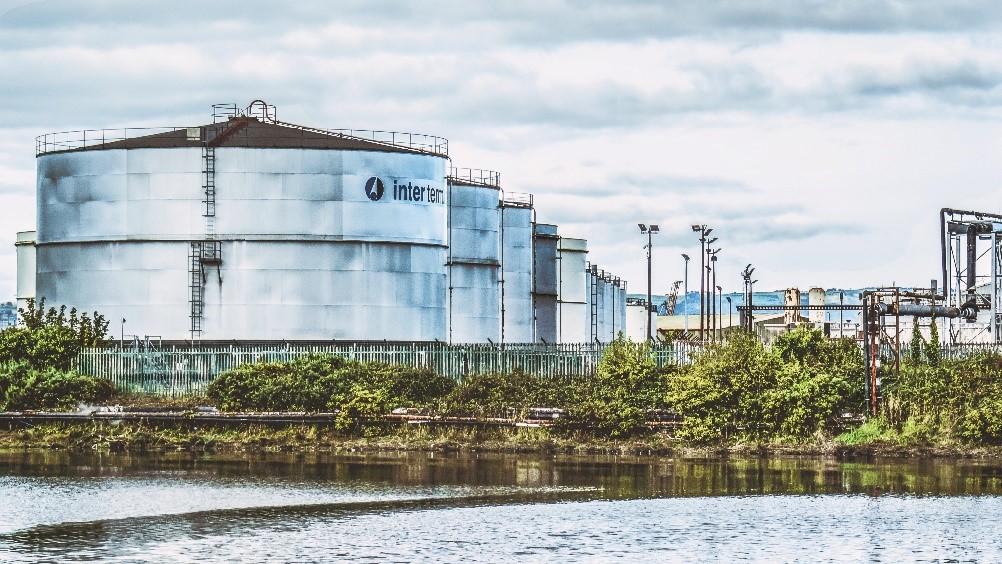How often must you inspect your storage tank?

Average reading time is 4 minutes

<How often must you inspect your storage tank>
Many organizations in the petroleum industry own storage tanks. Usually, these storage tanks are built to American Petroleum Institute (API) standards. If it has been a while since your organization has invested in the storage tanks, you may start to notice some wear and tear of the storage tanks. Well, what are the inspection and maintenance requirements of those assets?
All storage tanks that are built to American Petroleum Institute (API) standards must undergo regular API 653 inspections. API 653, 6.2.1 lists the complete list of factors that determine the frequency of the inspection of the storage tanks. Let’s find out the types of inspection and the frequency of the inspections.
Inspection from the outside of the tank
Inspection from the outside of the tank consists of, Routine In-service inspections, External Inspection, Ultrasonic Thickness Inspection and Cathodic Protection Surveys.
The primary purpose of the Routine In-service inspections is to monitor the external condition of the tank. Any external leaks, shell distortions, signs of settlement, corrosion, condition of the foundation, paint coatings, insulation systems, and appurtenances should be noted. If needed an official inspector should follow up on the conditions. The frequency of the inspection should be done at least monthly.
The primary purpose of the External Inspection is to visually inspect the tank grounding system components such as shunts or mechanical connections of cables to ensure that they are in working conditions. The frequency of the inspection should be at least once in 5 years.
The primary purpose of the Ultrasonic Thickness Inspection is to determine the rate of uniform general corrosion while the tank is in service. This helps to provide an indication of the integrity of the shell. When corrosion levels are not known, the frequency of the inspection should be at least once in 5 years.
The primary purpose of the Cathodic Protection Surveys is to assure the competency of the personnel performing surveys where the exterior tank bottom corrosion is controlled by a cathodic protection system. The frequency of the inspection should be according to the requirements of API RP 651.
Inspection from the inside of the tank
The primary purpose of the internal inspection is to determine the corrosion levels of the storage tank at the bottom. It should be inspected to make sure that it is not severely corroded or leaking. Information required to determine the minimum thickness of the bottom shell should also be gathered. The frequency of the inspection is determined by the measured or predicted corrosion rates of the bottom plate. When the corrosion rates or the thickness of the bottom shell are not possible to be measured, the internal inspection interval shall not exceed 10 years.
Storage Tank Inspector Certification Program API 653 is a 3-day training course which would be held on 27 July – 29 July 2020 (Online training). The course focuses on providing an in-depth understanding of storage tanks with fixed and floating roofs, their basic design principles as per American Petroleum Institute API 650 standards, and how to manage these large assets to maximize the ROI.
Delegates would also learn practical ways to design inspection programs to manage the integrity and compliance to regulations, appreciate testing methods and understand how to conduct repairs, re-rate, alterations or shifting of a tank from one place to another. Advanced topics regarding the principles of similar service assessment, use of modern technology such as bottom scans, use of drones, AI, and preparing tanks for a shutdown would also be covered.
At the end of the course, delegates will know how storage tanks are designed, understand the different types and applications of the tanks, be knowledgeable about the codes and standards required of the tanks and know the best ways to repair or re-rate the tanks. Delegates would be an important contribution to the environment and personnel safety control, general maintenance, and inspection of the storage tanks.
Feel free to email us at info@opuskinetic.com for more information or to view our training schedule for alternative dates.

